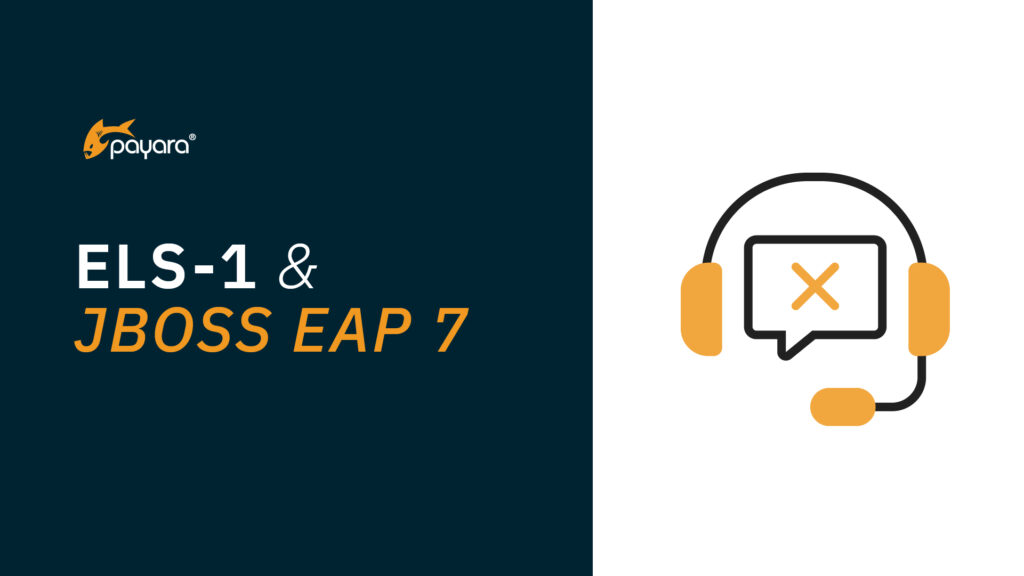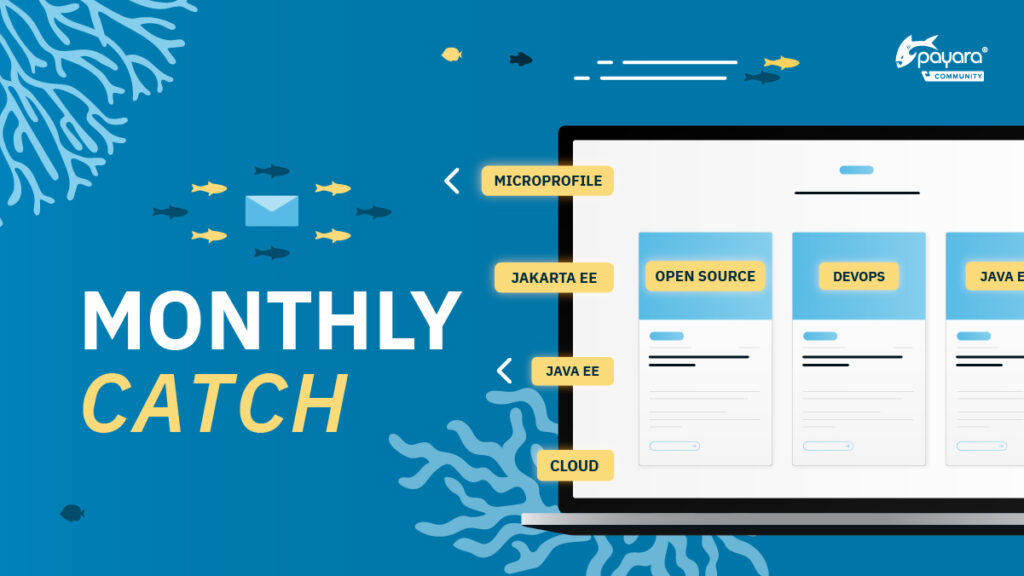 3 minutes
3 minutes
End-of-Life Technology: How to Drive Innovation Without Compromising Stability
When legacy systems approach end-of-life (EOL), enterprise IT teams typically face the choice of moving forward at all costs […]

As a Java developer, you may not control runtime support contracts, but what you can do is help your team stay ahead of platform shifts that impact stability, compliance and portability. And here’s a big one:
📢 Red Hat officially announced that JBoss EAP 7 reached the end of Maintenance Support and entered Extended Life Support Phase 1 (ELS-1) on June 30, 2025.
This marks the beginning of a gradual end-of-support timeline that affects all Java EE 8 applications running on JBoss EAP 7.x. The change was confirmed by Red Hat as part of its product lifecycle updates, and it’s a clear sign that organizations need to plan for what’s next. If your manager asks you for an overview on what’s happening and the options at hands, this blog post is for you: we summarized everything you need to know and what you can do for your Java EE 8 applications.
Red Hat’s JBoss EAP 7 moved into Extended Life Phase 1 (ELS-1) on June 30, 2025, which means:
ELS-1 lasts until October 31, 2027, followed by ELS-2, which ends in 2030 with even more limited support, i.e. no security updates at all.
If your apps depend on Java EE 8 (javax.*), staying on JBoss EAP 7 after June 2025 increases your risk of:
Ultimately, relying on JBoss EAP 7.x ELS-1 means you and your team are stuck on outdated APIs, aging tooling and runtime limitations while having to pay for a considerable price.
According to the Jakarta EE Working Group’s Cloud Native Java Survey, Java EE 8 / Jakarta EE 8 remains the most widely used enterprise Java version in production—with around 56% of the ecosystem still on it in 2025.
However, newer Jakarta EE versions have moved to jakarta.* namespaces and dropped support for Java SE 8. That’s a big refactor if you’re not ready.
Pros:
Cons:
Payara Platform Enterprise 5 is currently the only Java EE 8-compatible application server with:
javax.* namespace| Feature | JBoss EAP 7 (ELS-1) | Payara Platform Enterprise 5 |
|---|---|---|
| Java EE 8 Compatibility | ✅ | ✅ |
| Security Fixes | Critical only (discretionary) | Ongoing |
| Bug Fixes | Urgent only | Selective, production-priority |
| Feature Enhancements | ❌ | ✅ (on request) |
| Software Improvements | ❌ | ✅ |
| Container Images | Deprecated | Maintained |
| Support SLAs | Limited | Full SLA Support |
For a more comprehensive overview on how Payara Platform Enterprise 5 compares with JBoss, check our webpage here.
Even if you’re not signing contracts or managing procurement, your technical insight matters. Here’s how you can contribute:
Share:
 3 minutes
3 minutes
When legacy systems approach end-of-life (EOL), enterprise IT teams typically face the choice of moving forward at all costs […]
 5 minutes
5 minutes
November has been one of the busiest months of the year for the Java and Jakarta EE ecosystem. With […]
 3 minutes
3 minutes
Working with enterprise Java databases can sometimes feel like swimming upstream. Jakarta EE 11’s Jakarta Data helps developers glide […]